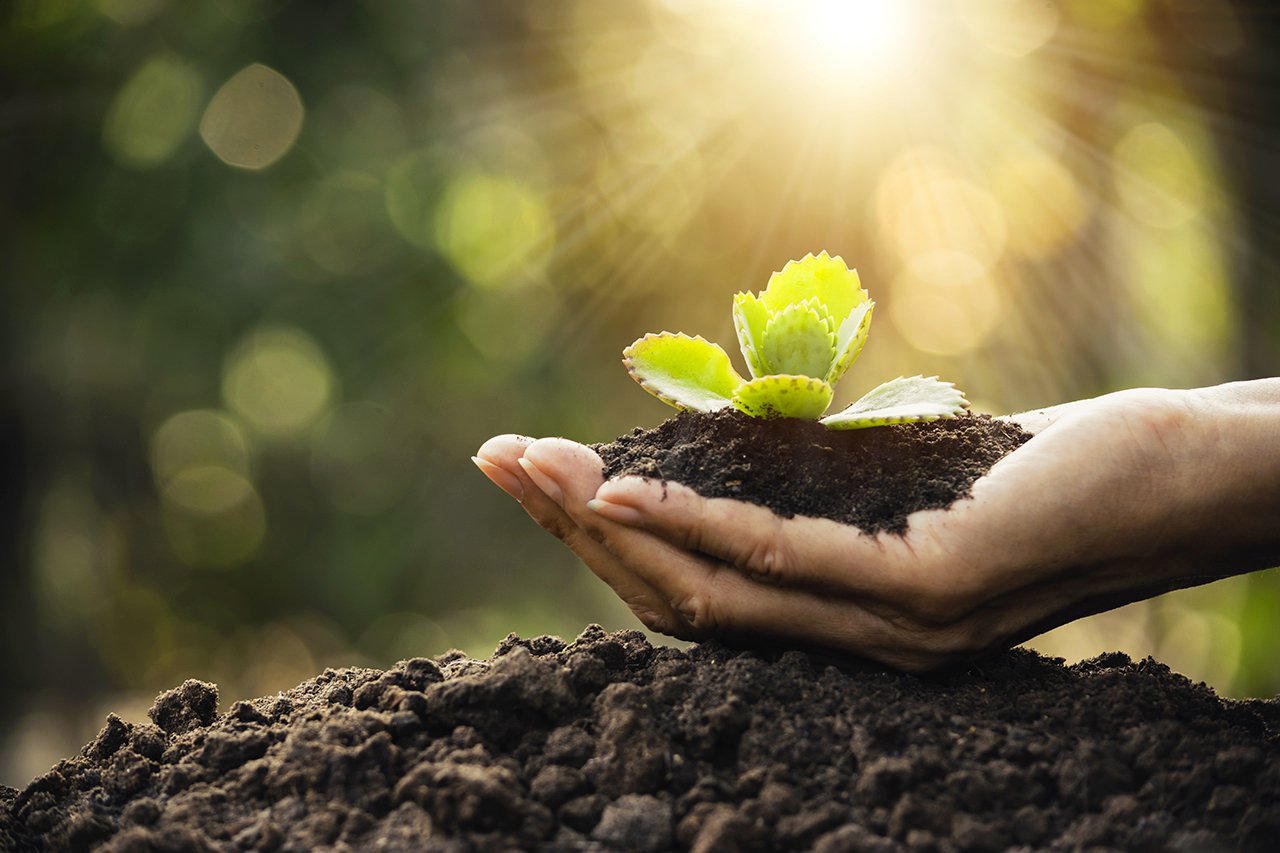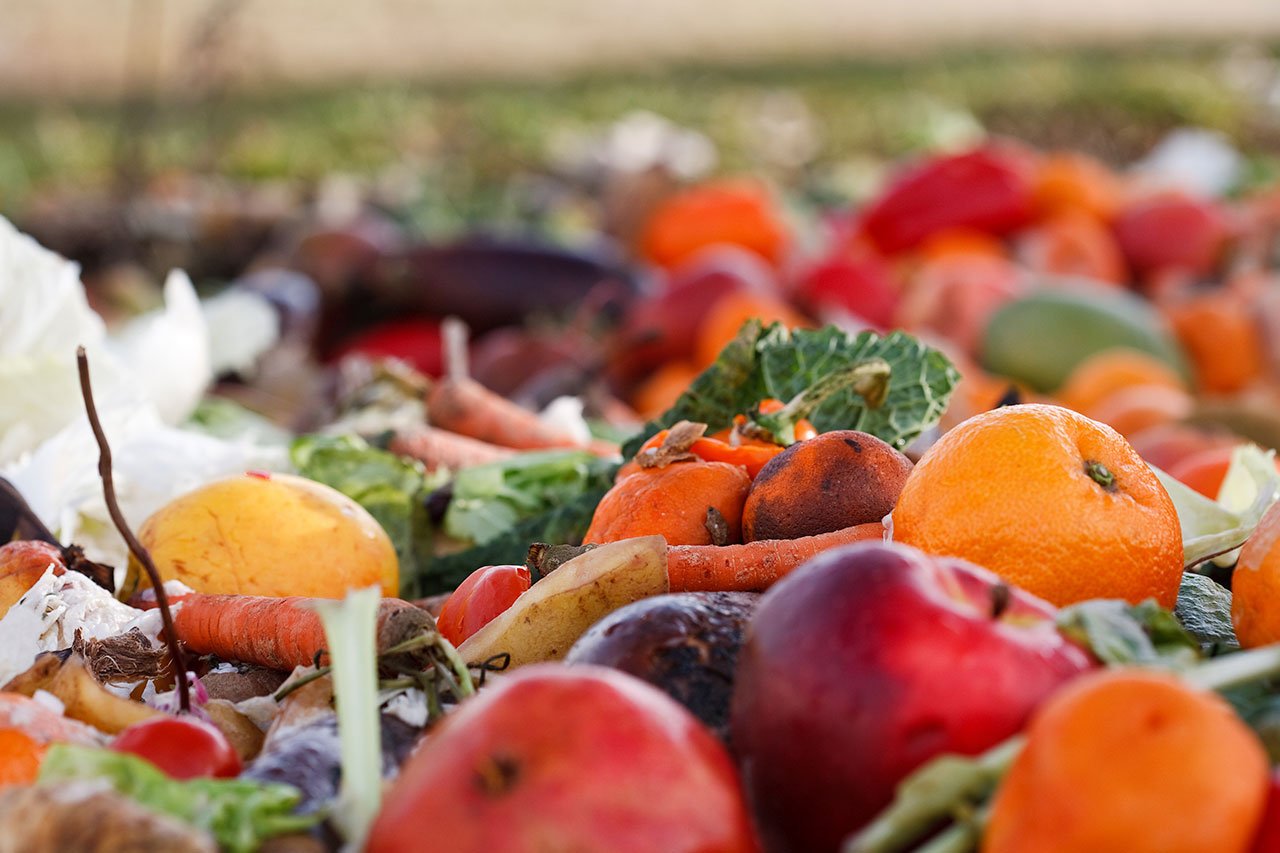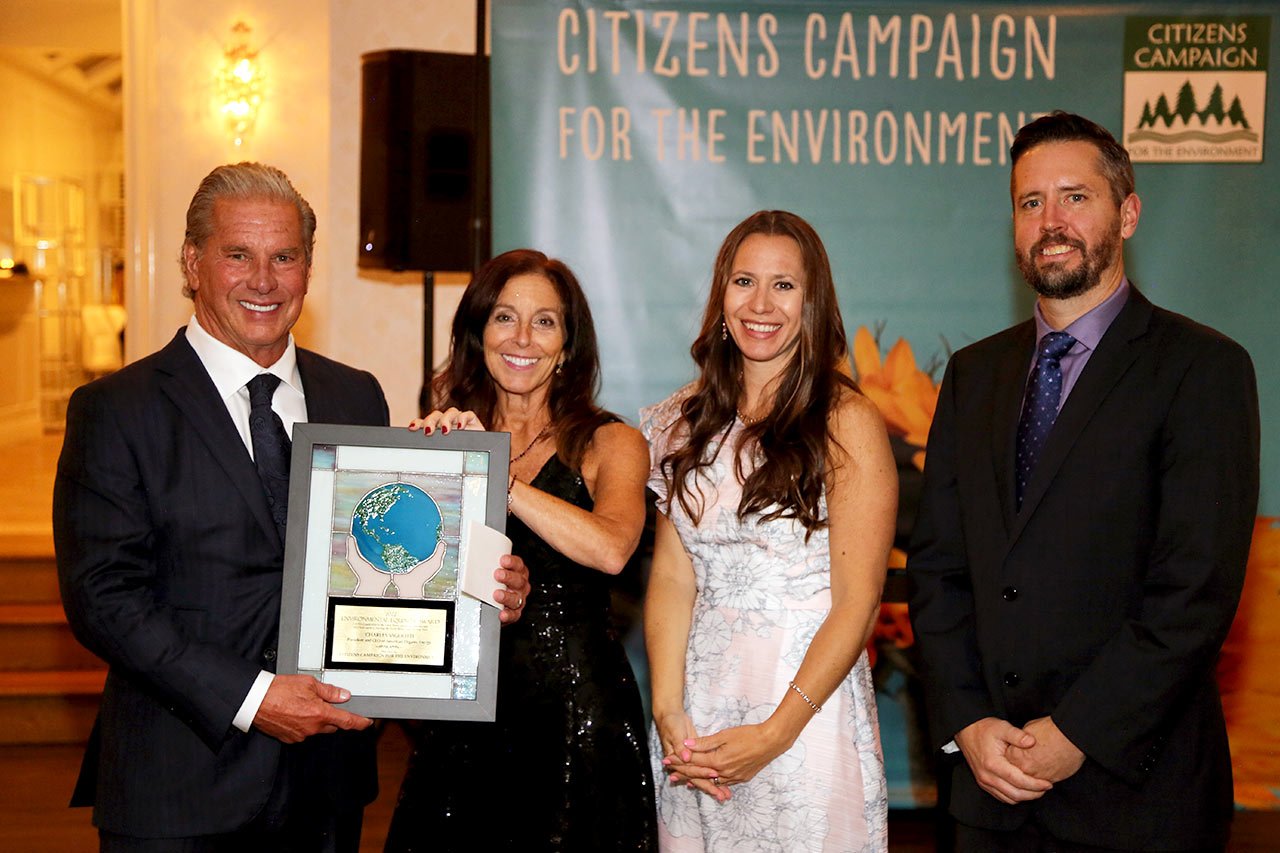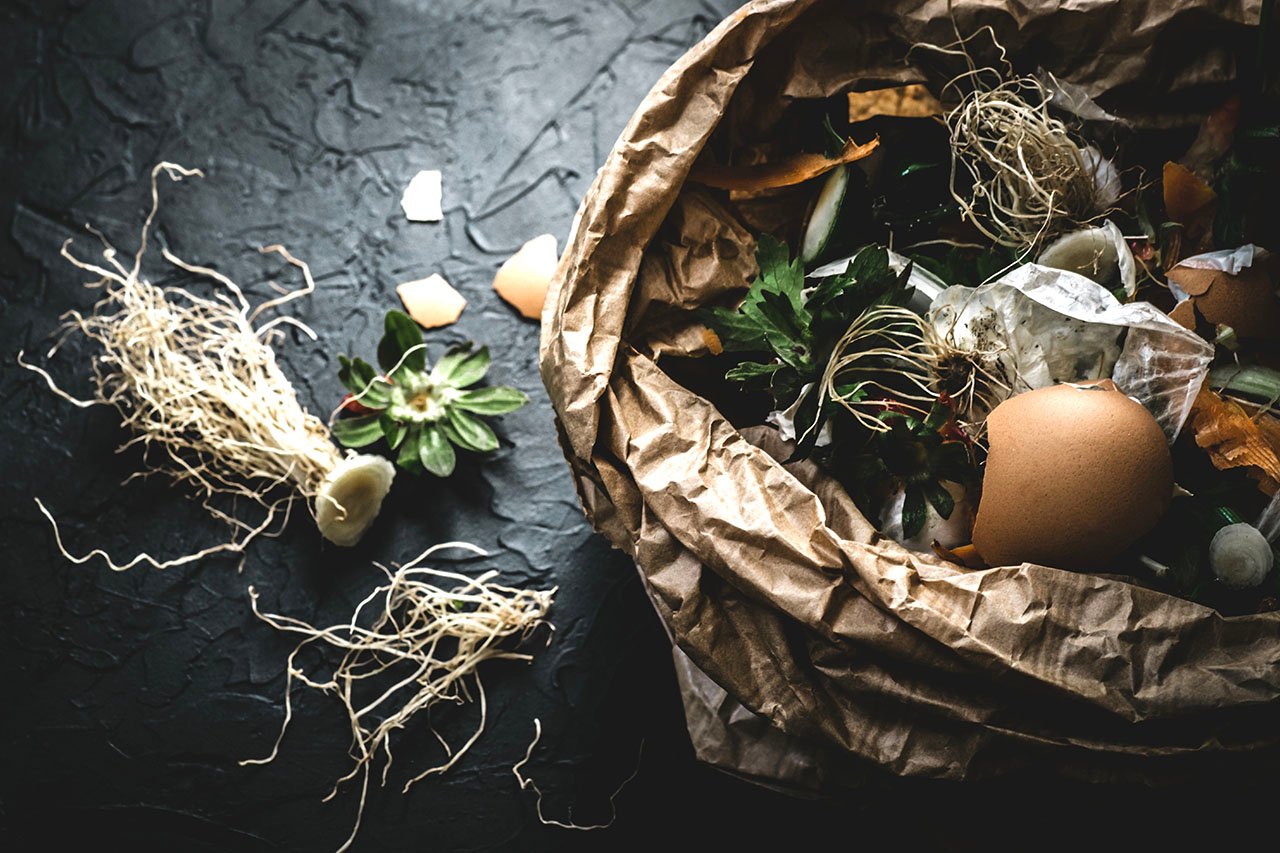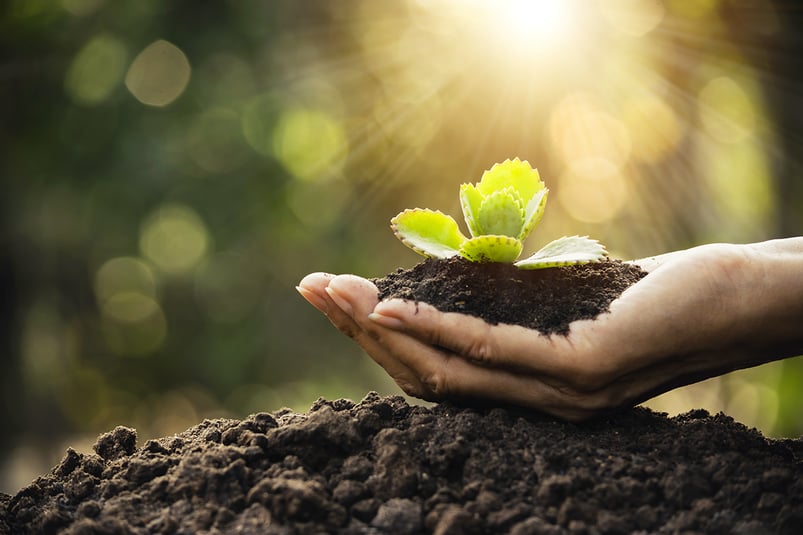
Organic soil is composed of a mix of weathered rock, water, air, and plant matter, a combination that improves drainage, deters pest infestations and provides optimal support for plant life.
Though the organic components make up only 5 to 10 percent of the soil, they are typically regarded as the most essential.
A Delicate Balance
The buildup of organic matter is based upon a number of factors, including soil temperature, precipitation levels, soil moisture capacity, soil type and drainage class, existing microbial community, soil fertility status, and pH levels. Each of these components can be customized based upon proper research, ensuring that the soil achieves desired levels of carbon, nitrogen, water, and oxygen.
Soil particle size determines its texture, and can range from sand to silt to clay. Ideally, prime soil should fall somewhere in the middle of this spectrum, and may involve the breaking down of clay matter or the building up of sand particles, as well as the adjustment of pH levels to facilitate the type of growth required for a particular location and climate pattern.
Structure is dictated by how the soil particles clump together, which informs how elements such as water and air will behave in relation to it. For instance, clay has the unique ability to retain minerals, whereas sandy soil will need ample watering due to its penchant for draining quickly. Structural category ultimately affects what types of fertilizers and amendments, if any, may be needed to create an optimal organic product.
The Compost Connection
Soil originates from parent material, generally bedrock, which is broken down over time by natural forces including wind, water, temperature changes, and chemical reactions—often taking place over periods of thousands of years. Once this foundation is established, living organisms contribute to the process, with microorganisms and plants working together to gradually turn lifeless dirt into a thriving ecosystem.
To ultimately create a superior organic product, human intervention is often needed to provide added nutrition in the form of a variety of matter, namely, a diversity of soil microorganisms. These “amendments” serve to better hold oxygen, retain moisture, and provide adequate drainage, helping to restore depleted soil to its original richness.
Oftentimes, organic soil is formed by adding compost to the natural soil already present, whether from the garden or originating from packaged topsoil that has not been exposed to chemical fertilizers or pesticides. After taking care to sift rocks, pieces of sticks, and debris larger than an inch or two from the existing soil, composted materials—generally originating from the decomposition of plant and animal byproducts—should make up about one-third of the remaining composition.
The Organic Endgame
The ultimate goal is to be able to craft a rich, soft, spongy soil ideal for growing and sustaining plant life. Through the collaboration of human analysis and research and microorganisms working to transform organic matter into compost, an ideal ratio of active (detritus) to stable (humus) matter can be achieved.
This final product should demonstrate an ability to retain nutrients, as well as increased resistance to changes in pH. The more composted materials added, the greater the organic composition will set in over time.
For further information on organic soil, amendments, composting and more, contact Long Island Compost today.

